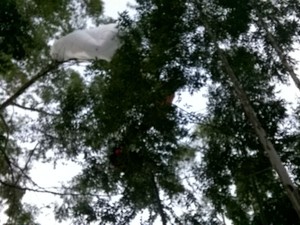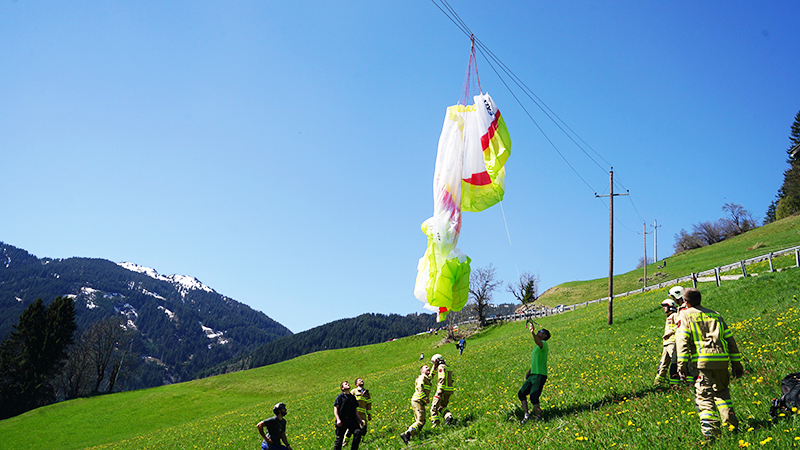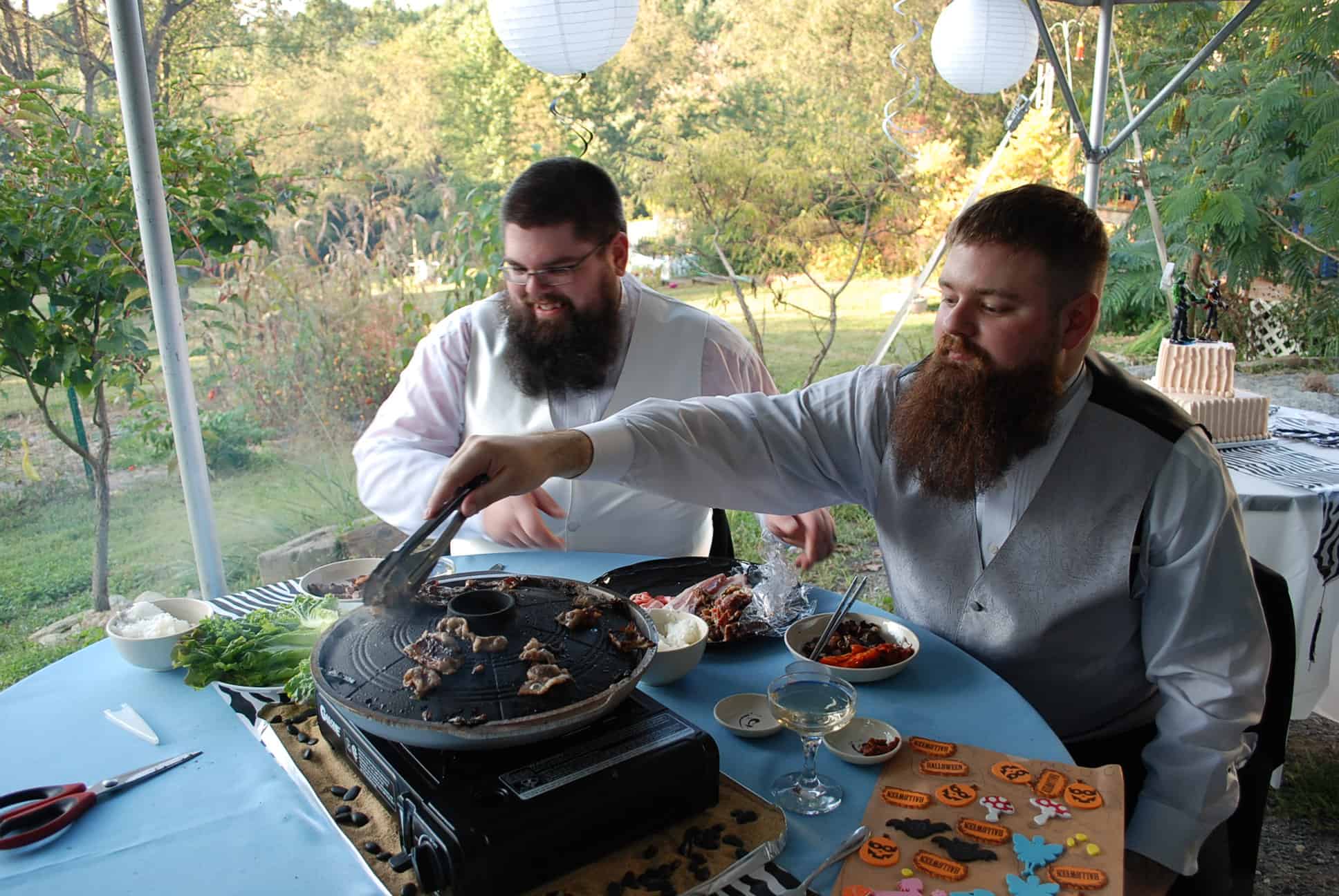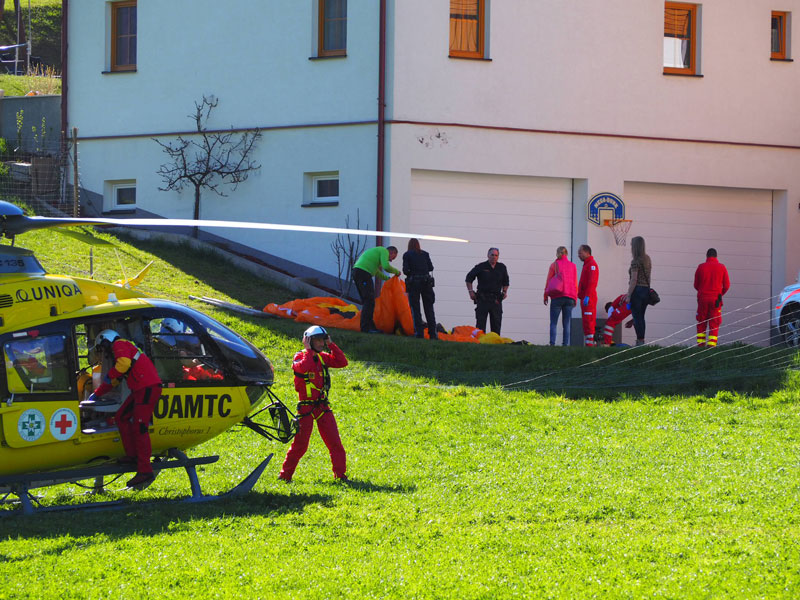
In this rare photograph, a typical warbler mimics the descent posture of a nesting Ozone Warbler.
"We are concerned that the smaller birds may attempt landing in the same manner as the larger Ozone Warbler species," says a professor from the university. "We believe this unaerodynamic landing posture may be linked in some way to the decline in numbers of eggs laid by the creatures resulting, potentially, in an evolutionary dead end. Clearly, it sets a very bad example for other species."
 Home
Home









